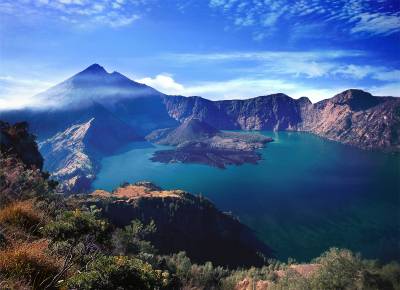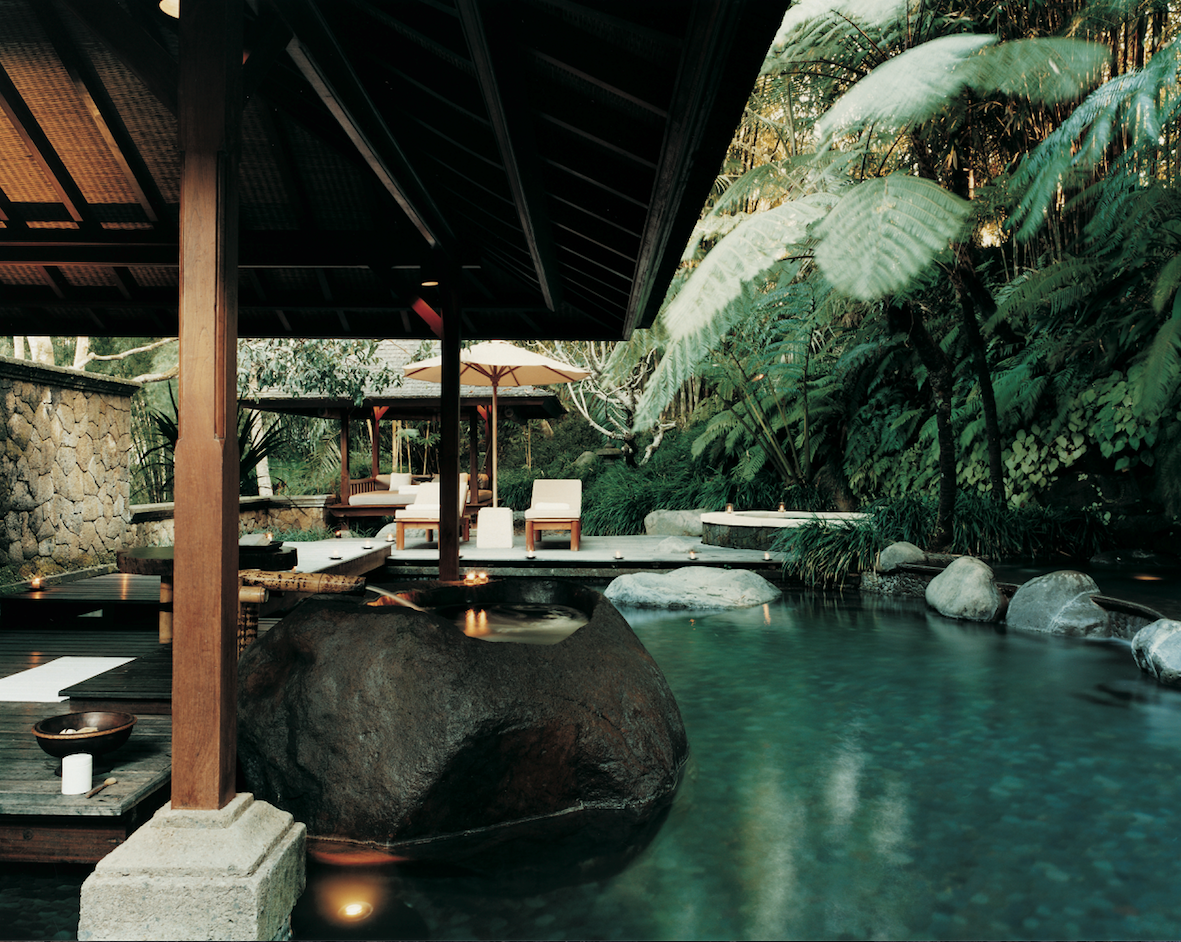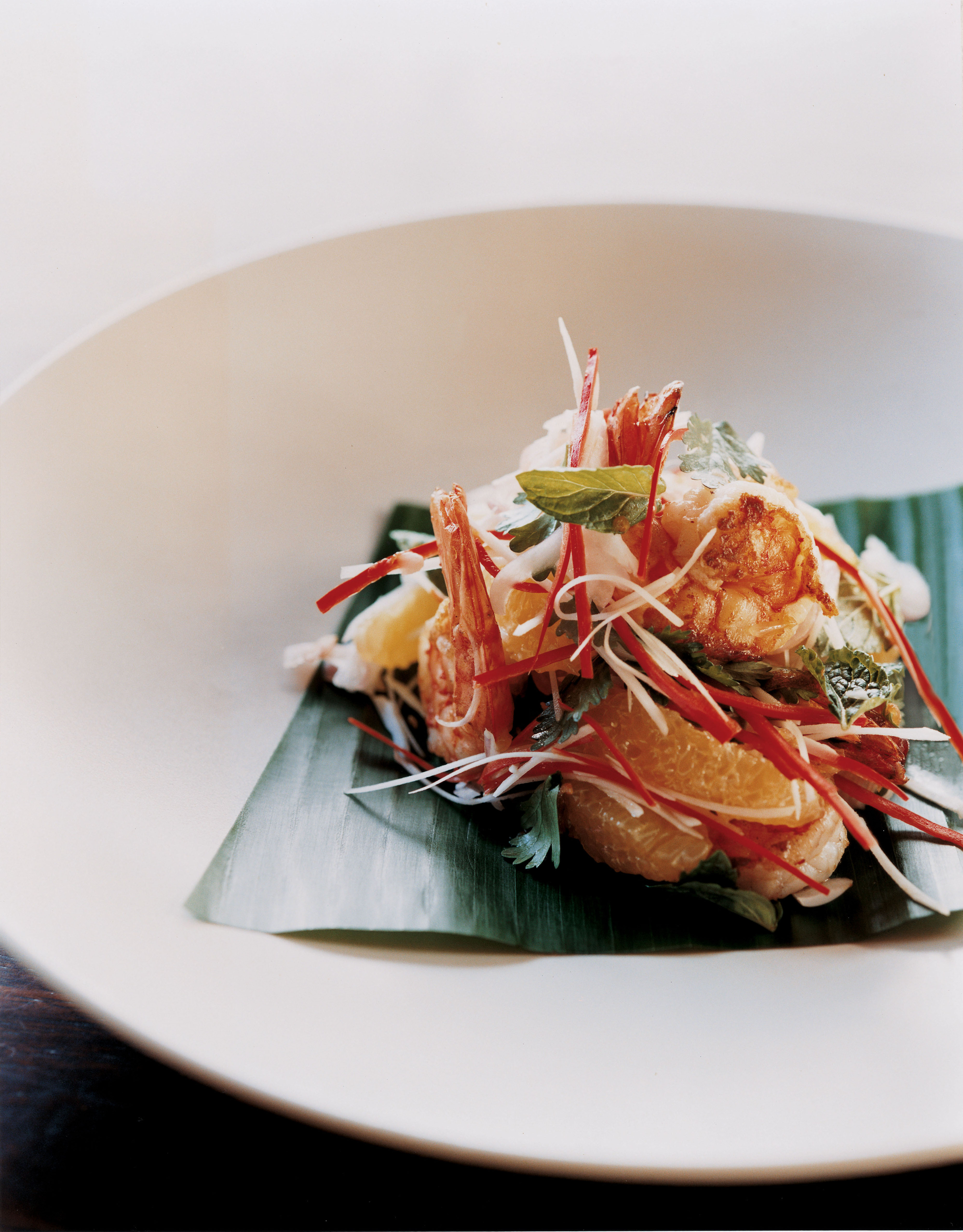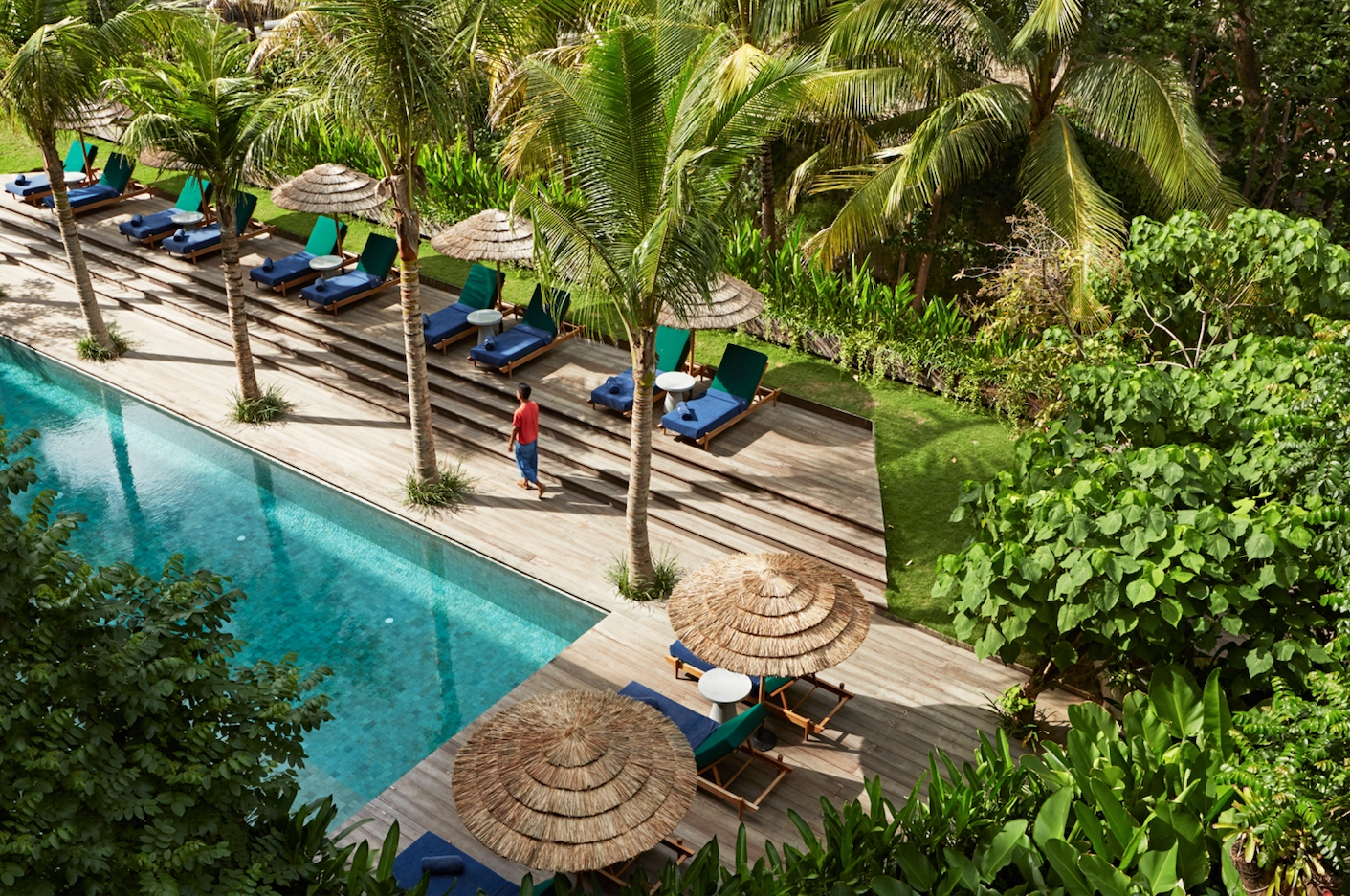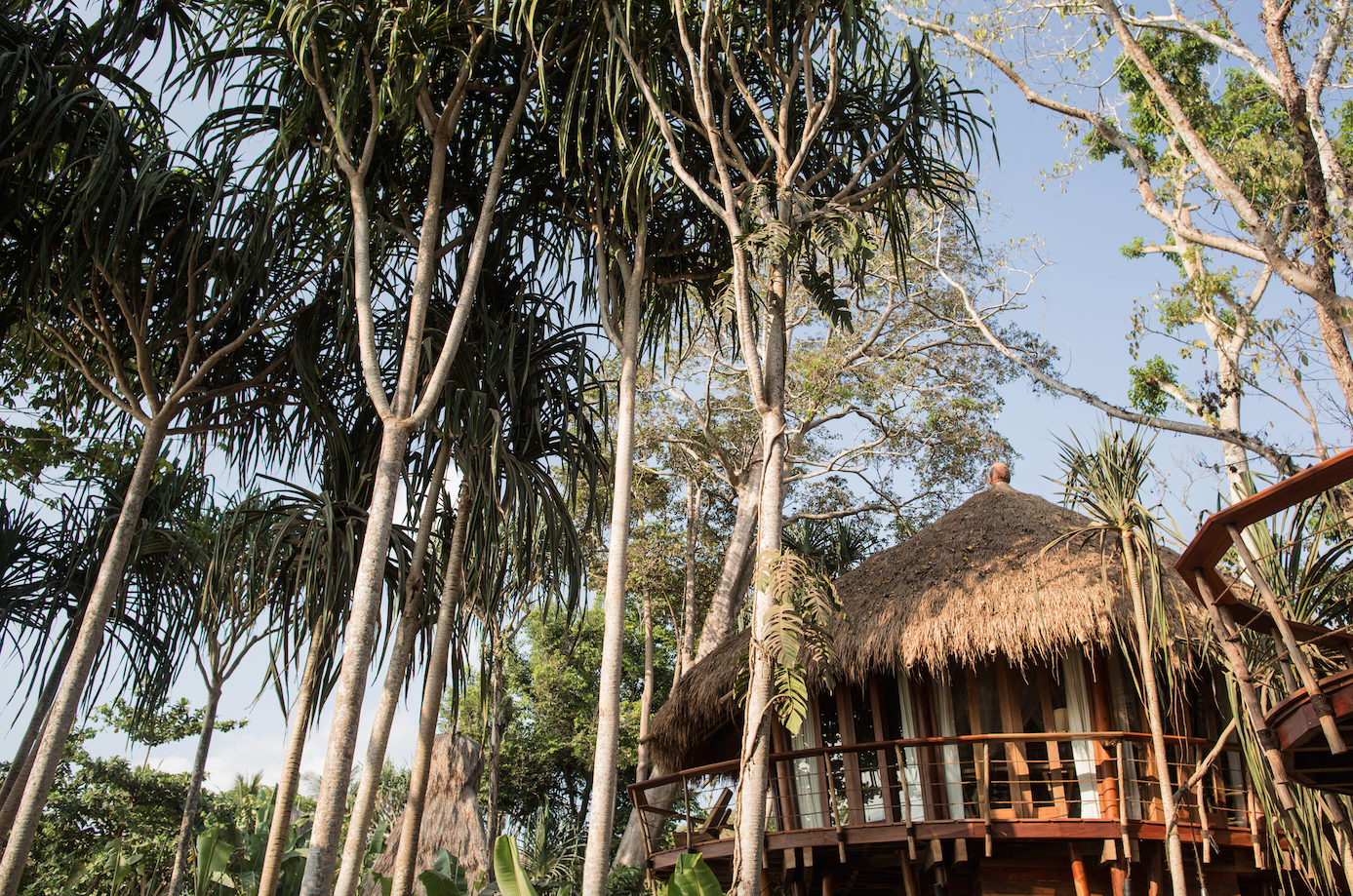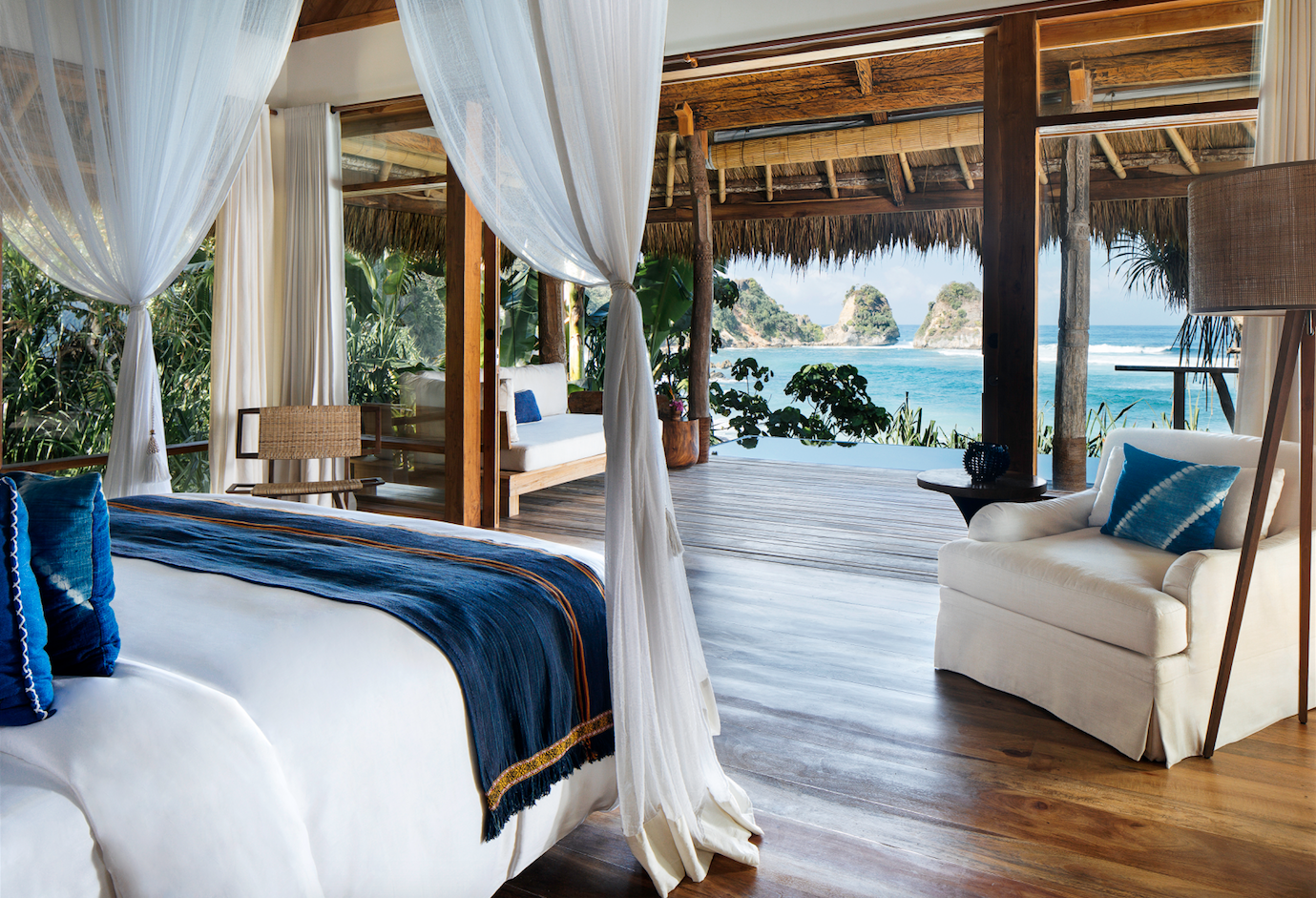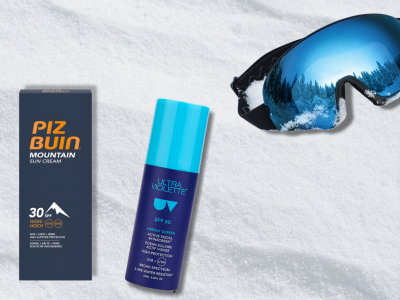We pull off hiking boots caked in red earth, our limbs weary, our eyes glazed. As our well-travelled bags are whisked away, we are greeted with ginger tea and warm towels scented with jasmine, and are refreshed by a breeze through the statue-flanked hallway. We have arrived at Tugu resort after finishing an epic four-day trek up and down Mount Rinjani on the Indonesian island of Lombok. Luxury meant our own guide and cook, but home for the night has been a tent and mornings have started at 4am in a bid to beat the crowds of flip-flopped pilgrims heading to the top of the holy peak. Tugu — situated on the northwest of the island is a world away; a 120-minute drive from the end of the trek takes us to the resort. We are staying in a Bhagavat Gita Oceanfront Suite, with a colonial thatched roof, antique doors and a private pool. There are walking palms around the pool that look like they are mid roam and a view of the aquamarine sea on Sire beach. After a long shower in our outdoor bathroom and a swim in our pool, we head to the beach where a Bintang beer awaits — rarely has one tasted so good.
Eat, play, love: A travel guide to the Indonesian islands
20th July 2018
From field-to-fork fine dining to surfing on a private wave, Indonesia’s islands offer tailor-made luxury experiences in a tranquil setting
Tugu’s owner, Anhar Setjadibrata, has a lifelong love of antiques: he is one of the largest collectors of antiquities in Indonesia and there is no holding back across the six hectare estate. Recreated temples rise from banana palm groves and a dining hall houses ceremonial masks and dragon-headed chairs. Meanwhile, vast stone elephants flank the walkway and swimming pool in the lush garden. It is borderline bonkers, but regal in its execution. Lombok, whose name derives from the fiery red chilli native to the island, delivers a punchy cuisine. One night we are tempted by a chilli cooking course where we meld palm sugar, eye-watering chillis and an array of spices to create a satay marinade for chicken. However breakfast taken before lily pond walkways in the reed-roofed dining hall is more gentle: we devour nasi kuning, a rice dish made with coconut milk and turmeric.
Perhaps it was because we arrived after a long trek, but the massage here is the best we have ever had — Balinese massage uses liberal amounts of oil, deep tissue pressure and some stretching. A couple of days of relaxation, then it’s time for a motor boat across the bumpy seas to a very different scene — Gili Trawangan. My husband didn’t take a gap year and is rather taken by the beach party and trance bar scene. For me, it is too reminiscent of tie-dye days of yore, and the south side of Gili T is not relaxing. However, a meander on a bike (it is car-free island) takes us to the beautiful and far more deserted north, where the beaches are icing-sugar soft.
Next stop is Ubud in Bali, home of Eat, Pray, Love enlightenment, and still a draw for burned-out souls in harem pants finding themselves amid the temples, monkeys and beaded bracelets. COMO Shambhala sits outside the mayhem and wraps its arms around you as soon as you enter. It is a wellness retreat for those who wish to detox, take an ayurvedic programme or fitness regime, with daily activities including a rice field walks and Balinese dance.
Our Wanakasa residence villa is situated deep into the estate, columns whittled from bingkirai trees, elegant teak floors and ironwood-shingle roofs. A private pool provides an early morning wake up and the study a place to reflect at the end of the day.
With a field-to-fork philosophy for the food, we tuck into healthy dinners at its Glow restaurant — spicy raw tuna, soybean and flaxseed tacos with avocado and papaya salsa; and spiced pumpkin, okra and tomato stew with moringa leaf, jewelled nut and seed grains allow us to indulge in its flourless, dairy-free chocolate coconut cake.
A morning work out in the extremely fun outdoor gym the next day — complete with climbing wall and hanging bars — gives us an excuse to go large at lunch. We have heard about nearby Locavore creating exceptional dishes from the surrounding land along with paired cocktails. It is hands down one of the most impressive dining experiences we have ever had. Sitting at the bar in front of chefs Ray and Eelke, we devour plate after plate of perfection. Coffee-cured hamachi fish comes with ginger gel, kecap cream, lab siam and cemcem leaves. Squid confit with XO sauce and pickled daikon sings alongside a drink pairing made with vodka infused chilli and fresh lime sprayed with smoked whisky.
We even find room for more cocktails in its sister bar, Night Rooster, where we watch the spiritual hoards wander by in search of soulful awakening — or just great indigo-dyed cushions (Ubud is the place for indigo wares). Still touristy, but more for a thrill-seeking crowd, Seminyak is something akin to the Miami of Indonesia. Green juice bars jostle for space alongside spin studios and the infamous Potato Head Beach Club provides refuge for those wishing to party all day at the swim-up bar. Don’t come here expecting a peaceful retreat. However, what you will find is one of the most exciting hotels in Indonesia. Katamama is part of the new wave of eco-luxe hotels, where great design sits alongside sustainability.
Showcasing local artisanship, it has everything from hand-pressed bricks to indigo textiles and Anjat basket backpacks for the beach. The Island suite rooms have their own bar with all the equipment one needs to make cocktails, a terrace overlooking the pool and colourful, graphic doors. We hit the local shops before dining out at the dressy Ku De Ta, one of the island’s hot spots. Here we devour suckling pig urutan, with peanuts, pickled jicama and toasted rice, with ikan goreng, crispy snapper fillets with sambal and baby basil, and fresh-mixed cocktails. The next day, we saunter into the less frenetic neighbouring town of Canggu and enjoy beef randang overlooking the waves, and loaf around the cosmopolitan hang outs such as Bottega Italiana restaurant, the Raw juice bar and 91 DGRS clothing store.
Our new purchases —linen shirts and short suits — are whisked away and pressed as soon as we step foot on the final stop on our tour: the “Edge of Wildness” hotel Nihi Sumba. Voted the best hotel in the world by Travel + Leisure magazine, it is no easy feat getting there, which just adds to its charm. We take a flight from Bali to Sumba, where we are greeted by its driver, ready with home-made granola bars wrapped in banana leaves for the bumpy hour and a half drive.
Now a joint venture between apparel investor Chris Burch and hotelier James McBride, the estate offers 27 villas, from jungle getaways to surf-front houses. We are lucky enough to have the Mamole treehouse all to ourselves — a network of three bedrooms, an infinity pool and an open-air living room with artisanal touches such as a basin carved from a tree trunk. That night we feast on raw tuna with chillis, basil, ginger flower and lime, followed by red snapper cooked in banana leaves with woku herbs and spices.
There can be fewer more peaceful spots than here, overlooking our deserted cove, the sound of the waves crashing below
The main draw for many here is the surf — but this particular “private” wave (as it lies in front of the hotel, it is by default private) has a waiting list of six months to over two years for peak slots and costs US$250 to surf. Occy’s Left, as it is called, has a maximum of 10 surfers per day — but the reward is a 200-300m long and often thrilling ride through sections of ripple walls and heaving barrels.
There are plenty of other diversions. Equiphiles will delight at the riding stables (the venue hosts polo every year for a gilded party-loving set), while a yoga studio perched above the treetops provides a home for some of the best teachers in the world.
Our final day is spent on a spa safari. After an hour’s trek cross country, including a visit to a local Sumba village where more artisanal wares are acquired, we reach a private massage room, the sides open to the elements. We are covered in mud for the Sun-Kissed Body Wrap treatment and this is followed by a massage using sweet scented chamomile and aloe vera oil.
There can be fewer more peaceful spots than here, overlooking our deserted cove, the sound of the waves crashing below. It is this particular memory that sticks from the trip above all others: nestling in a picture perfect hideaway, calmed, quietened and lulled by the murmurs of nature.
